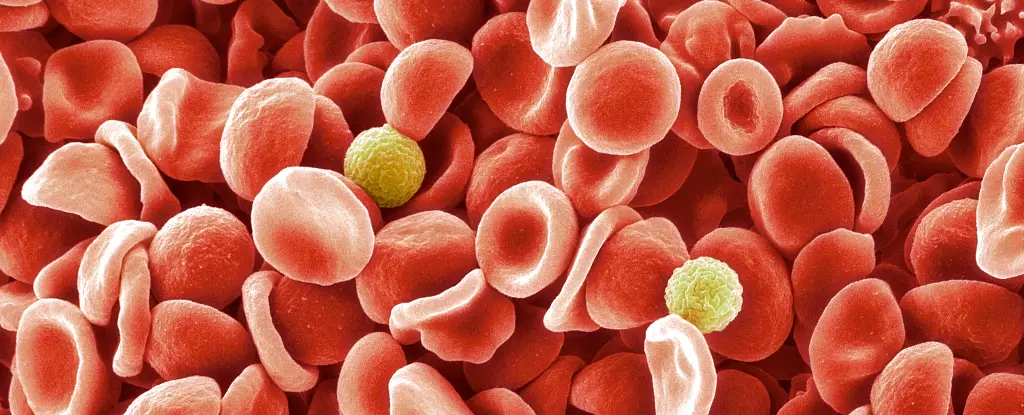The world of blood typing is a complex interplay of genetics and immunology that is critical to transfusion medicine. Over the decades, we’ve come to rely heavily on established blood group systems such as the ABO and Rh systems to ensure safe transfusions, but these systems are not exhaustive. Emerging discoveries continue to shed light on the nuances of blood biology, as demonstrated by a groundbreaking study published in September 2023. This study, resulting from nearly 50 years of curiosity and investigation, has identified a novel blood group, now known as the MAL blood group. What might seem like a technical advancement is, in fact, a significant stride towards improving patient care for those with rare blood types.
The story begins in 1972 when a pregnant patient underwent blood sampling. Intriguingly, her blood exhibited an absence of a surface molecule—the AnWj antigen—that is typically present in red blood cells. This peculiar finding raised alarms and questions in the medical community. Subsequent investigations spanned decades, each unearthing critical insights but ultimately culminating in the recent classification of the MAL blood group system by a team of researchers from the UK and Israel. Their extensive work serves as a reminder of the challenges inherent in unraveling the complexities of blood group genetics, particularly when dealing with rare cases.
The Scientific Journey
As detailed by UK National Health Service hematologist Louise Tilley, the identification of the MAL blood group system represents a culmination of nearly two decades of rigorous research. The mystery intertwined with the AnWj antigen required detailed examination of genetic markers and cellular behaviors. Researchers primarily focused on the genetic mutations that could account for the anomalies they observed in the patient’s blood. They discovered that while over 99.9% of the population possesses the AnWj antigen, the individuals presenting with AnWj-negative blood typed were mission critical in piecing together this genetic puzzle.
This revealing study not only identified the MAL blood group but also emphasized the significance of antigens as identification markers essential for flagging potential foreign entities within the body. The research thus underscores the importance of compatibility during blood transfusions, as mismatches leading to immune reactions can have fatal consequences.
The researchers investigated deeper into the properties of the MAL protein, discovering its role in stabilizing cell membranes and facilitating cell transport functions. By inserting the normal MAL gene into AnWj-negative cells, the team was able to provoke the expression of the missing antigen. This technological intervention confirmed a linkage between the genetic mutations and the observed absence of the AnWj antigen in patients. Furthermore, the study results indicated that the generation of the AnWj antigen begins at birth, suggesting a biological developmental aspect that had previously gone unnoticed.
The implications of identifying the MAL blood group cannot be overstated. With the genetic markers now identified, patients can be tested to ascertain whether their AnWj-negative trait arises from hereditary factors or is a consequence of suppression due to other blood disorders. This distinction is crucial in diagnosing underlying medical conditions that may accompany such rare blood types. Understanding these blood anomalies is more than an academic endeavor; it profoundly impacts patient care strategies and transfusion practices.
The establishment of the MAL blood group system signifies not only a scientific achievement in our understanding of hematology but also underscores the vital need for continued exploration in the field of blood types. By cultivating a deeper understanding of such rare blood traits, the medical community can better equip itself to save lives, ensuring that all patients receive the best possible care tailored to their unique biological makeup.

